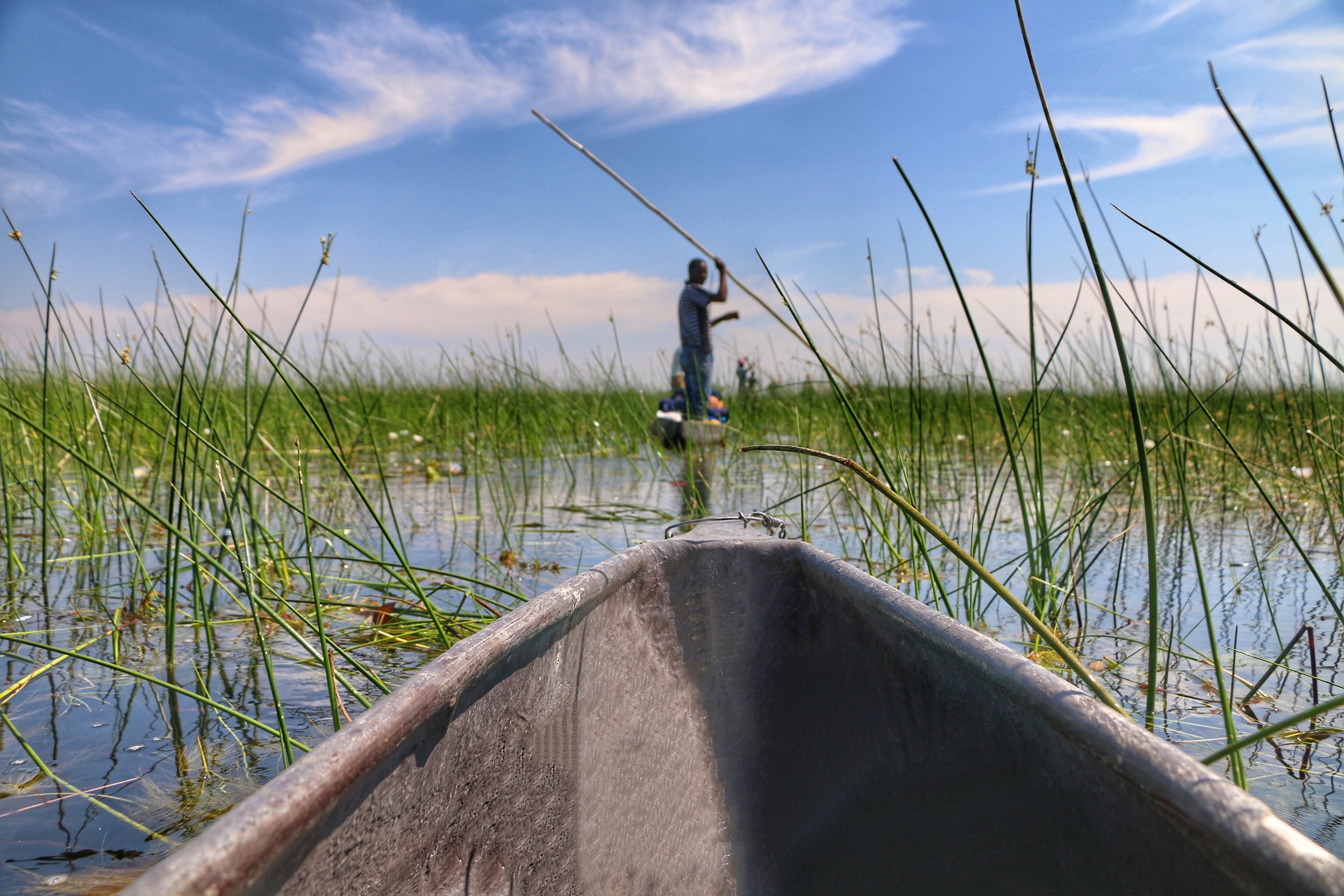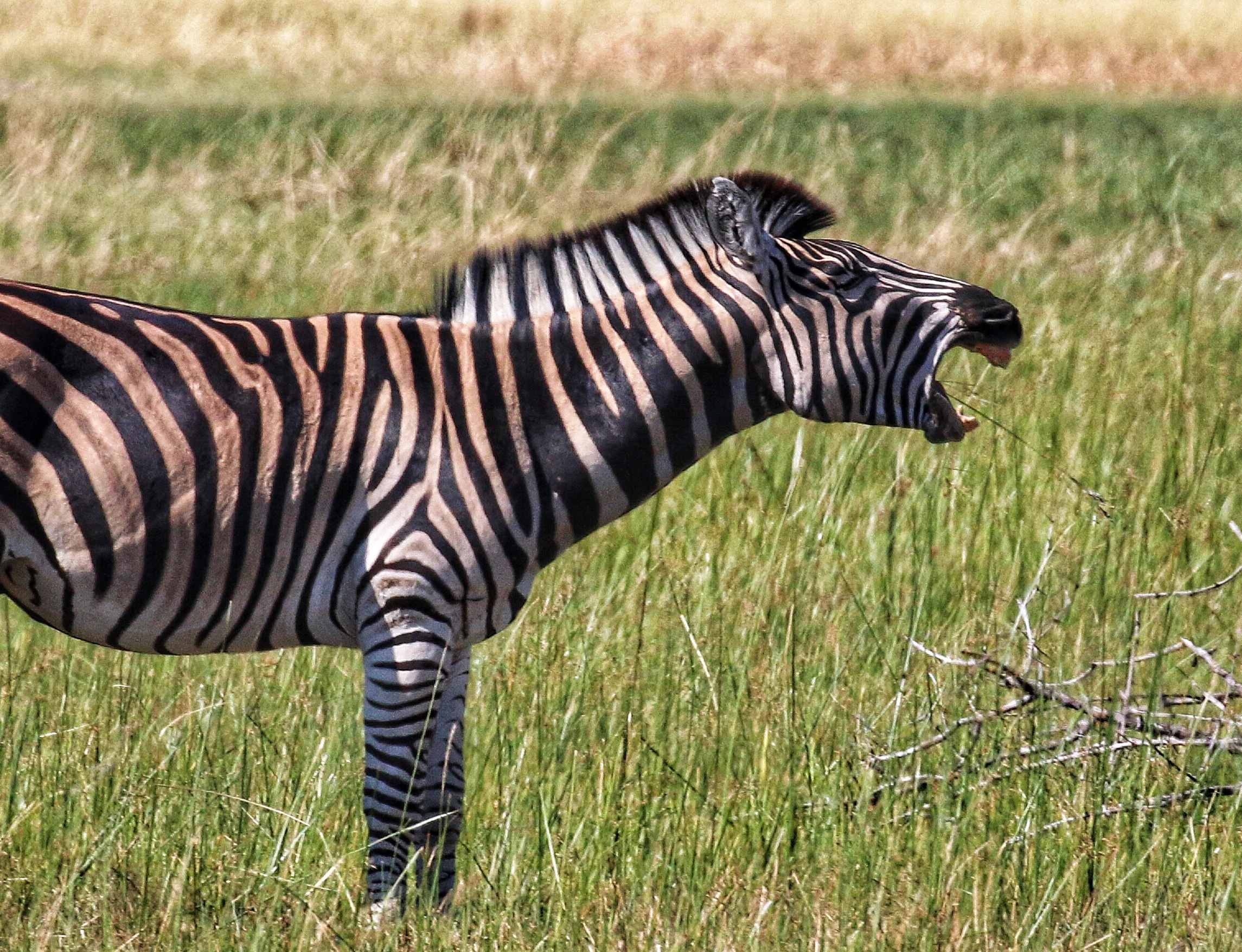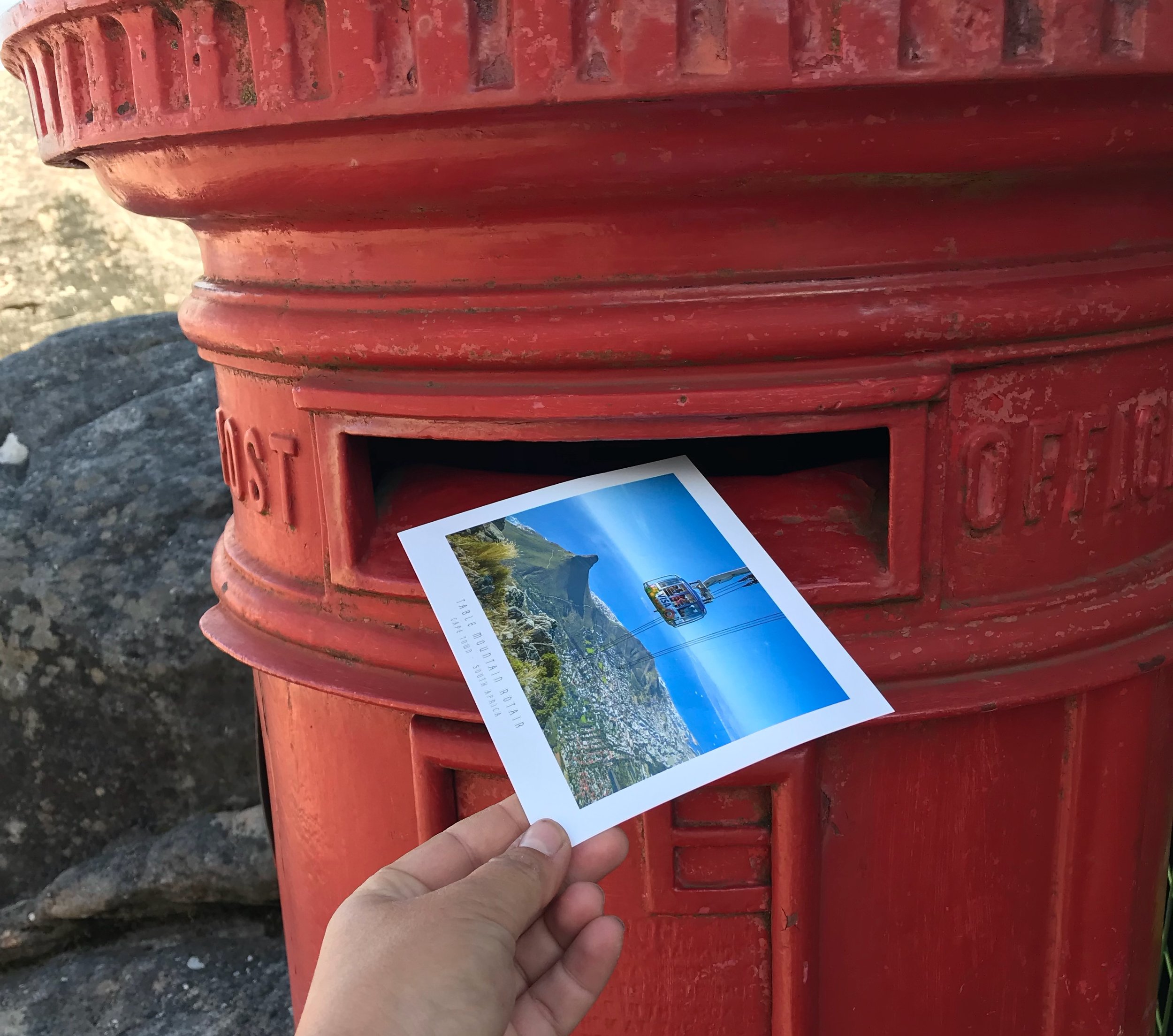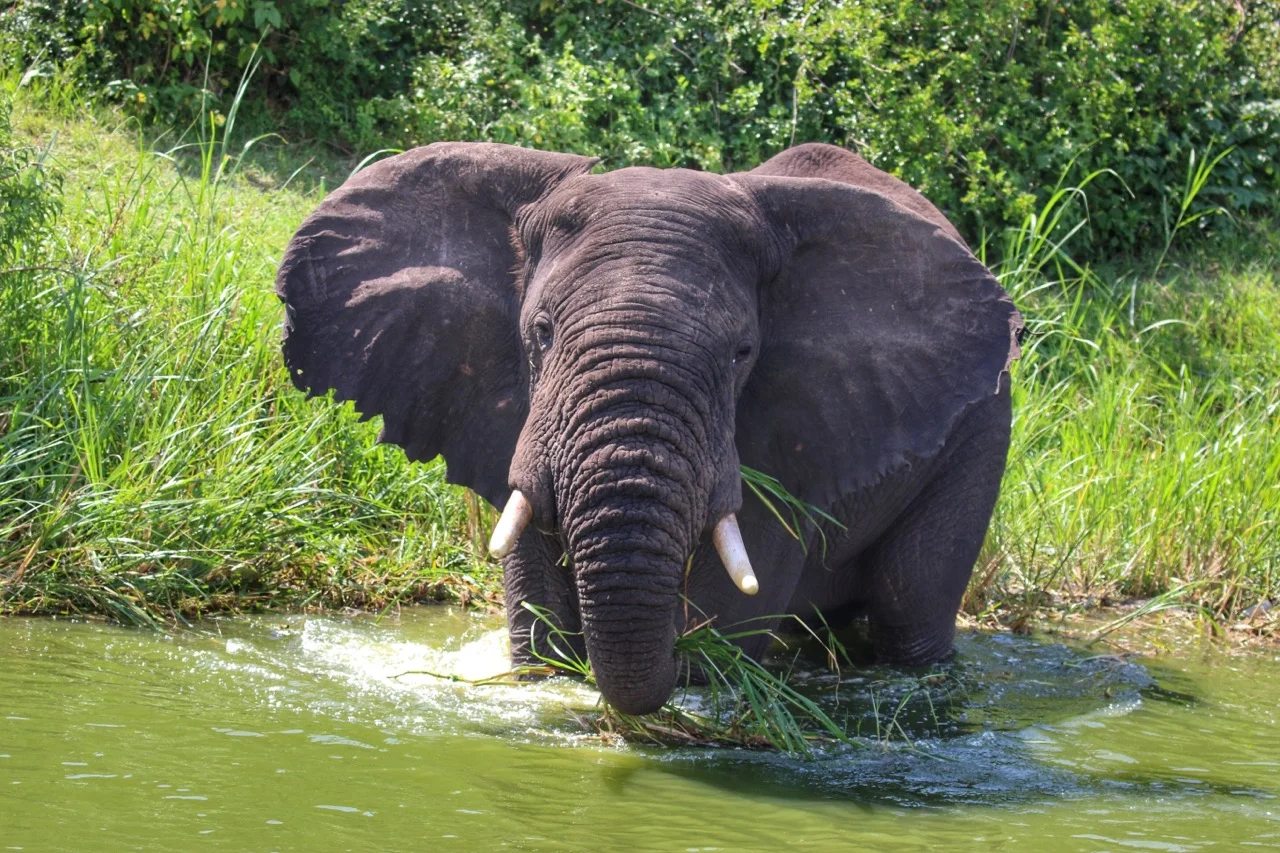Botswana: Okavango Delta
In January and February, rains in the Angolan highlands make their way into the Okavango river. Over the next several months the water flows 1,000 kilometers south into Botswana. Eventually the river reaches a very flat region and, as there is very little change in elevation, all that water begins to spread out. The spreading water brings a fan-shaped wedge of life to the dry soil, creating the Okavango Delta. During the otherwise-dry season of June-August, the delta offers food and water to hundreds of species of birds and animals.
We visited in October, and while the delta was not at its peak, it was still an incredible place to visit.
Our 3 day/2night camping trip began with a mokoro ride to an island in the delta. A mokoro (plural form: mekoro) is a dugout canoe that is poled through the shallow waters of the delta. It’s hard to explain the magic of a mokoro ride. Something about reclining in your boat, surrounded by reeds and water lilies, gliding almost silently... it’s more than just a boat ride, is all I’m saying.
We spent a lazy couple of days swimming in the water, tanning on the shore, trying (and failing) to pole our own mekoro and going on nature walks where we saw antelope, zebra and lots of elephants.
A crew of over 20 people made this possible - while some of us (not me!) were able to stand and pole an empty mokoro a short distance, to truly navigate the shifting channels of the delta, avoid the hippos, and get food and camping supplies to the correct island required a lot of skill. We had a great group of people looking after us.













